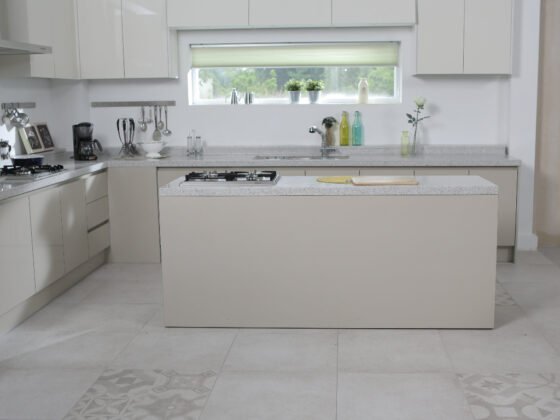Table of Contents Show
There are many do-it-yourself projects that people can take on to save money. One of those is drywalling. Drywalling a basement is an relatively cheap project that requires some knowledge and skill, but with the right tools and advice, anyone can do it.
In this blog post, we will go over some helpful tips for drywall installation so you can get started with your DIY home improvement project!
Drywall is an essential aspect of any building, and it’s also one of the most challenging aspects to do correctly. But with these drywall tips for any do-it-yourselfer, you can have a nice-looking basement in no time!

Step 1: Make It Waterproof
First off, make sure that your basement is entirely waterproof and dried out. If not, this will cause problems with mold growth in the future! Also, no one wants water leaks.
Step 2: Frame the Walls
Next, inspect every wall for any cracks or holes that need to be fixed. Also, you may want to consider framing your walls before installing the drywall. Framing will give you an excellent, sturdy foundation for hanging your drywall, and it will help eliminate any problems with sagging or deformation in the future (not good!).
Read Also:
Step 3: Hang the Drywall
Now, it’s time to hang that beautiful new drywall you just bought from Lowe’s or Home Depot (or wherever). Be careful not to bend or crease it too much – it can be very fragile.
To attach your drywall, you’re going to need some nails and a hammer. Make sure that the nails are not too long – anything longer than about an inch is pushing it! And don’t forget the nail set so they won’t stick out from the wall when you have finished putting it up.
Always cut your drywall with a sharp knife or utility blade so that you can get clean edges and lines. The best way is to score it about three times, then snap it against the edge of a table or piece of scrap wood.
Step 4: Electrical and Plumbing Outlets
– Before trying anything else, make sure that all electrical wirings have been taken care of. You don’t want an electrician or other professionals coming back in and having to do the same work twice.
– Before putting up any drywall, make sure all pipes, vents, and electrical wiring are in place. This will save you a lot of time later because it is much easier to do this while everything is exposed than after the drywall has been installed.
– If you want that professional look with no visible screw heads or nails, then make sure when you put up your drywall that it is flush on the studs. Use a nail gun to secure it in place and have your screws go into the spacers below.
Step 5: Taping and Mesh
– If you are going to be using tape, make sure that you use mesh tape instead of paper tape if possible. Mesh will give a much smoother finish overall because there won’t be any bumps on the surface.
Step 6: Finishing with Mud Before Painting
– You don’t have to use drywall on an entire wall or ceiling by yourself, especially if you are doing a small project like finishing your basement. The easiest way is to measure it out and cut all of your sheets before you go down there so that they’ve already been done when you need them. If you try this with a full-sized sheet, you’ll be tired before you even begin.
Other Important Tips to Consider
1. Distance from the Ceiling
DIYers make a common mistake of not leaving enough space between the ceiling and the top row of drywall panels. Make sure there are at least 3 inches from your ceiling to ensure that your wall will be able to breathe properly.
2. Corners
When constructing corners, use screws or nails on all four sides instead of just two to be more secure and less likely to fall off over time.
3. Floors
Make sure that you have a sturdy base for your floor before installing drywall. This will prevent any sagging in the future, which can cause problems with the finished product.
4. Windows
When working with windows, it is essential to leave enough space around the perimeter so that your panels can expand and contract. And if they do swell or shrink over time, you won’t be left with unsightly bulges in your drywall!
Finish off by putting up any trim work, paint/primer, and all the furniture you need to finish it off!









